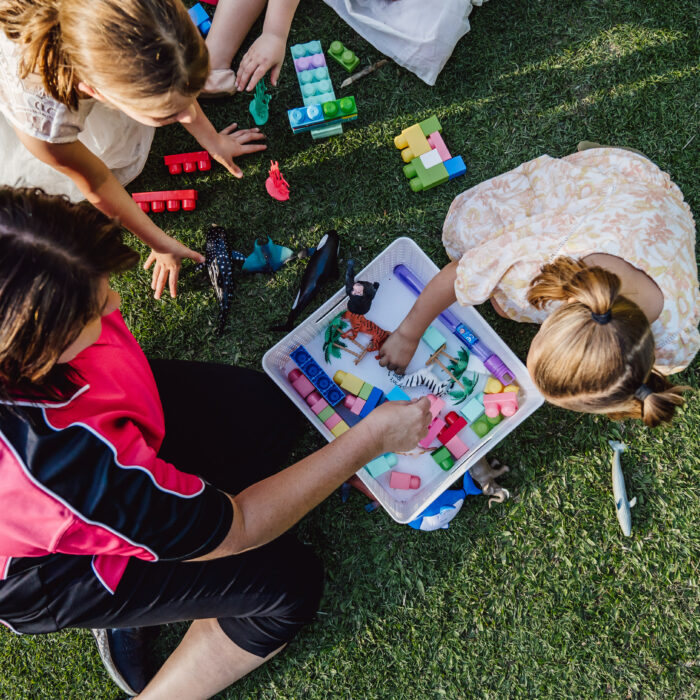A Preparation Guide for Soon-to-be-Parents with a Disability
No parent will tell you that raising children is easy. Once you get past the round-the-clock service in the baby phase, you will have toddlers who are learning how to eat, speak, and use the bathroom by themselves. Soon after, you’ll have children with boundless energy and busy schedules. Then there’s everything else to worry about — school, finances, safety, teaching life lessons, making sure you’re doing right by them, and raising good people who will become functioning adults.
Childrearing is hard enough for any parent, but parents with disabilities run into a different set of challenges. The physical aspect of parenting comes with its own circumstances that might be limiting for disabled parents, but you can work around it by planning ahead and finding solutions that work for the whole family.
Use Your Support Network
There are many ways to tap into a support network for both parenting and disability assistance. Having a child is not cheap for anyone, so make sure you look into all of the resources that are available to you. Check out Centrelink to see if you qualify for social security benefits and government assistance.
In addition to government financial assistance, there are community programs and organizations that provide support and resources for your needs. Look for support groups and playgroups in your area so you can meet other families. This is also a good time to garner the support of friends and family. Interdependence is a reality for your situation, and you shouldn’t hesitate to lean on others to help your family thrive.
Getting Around
Children need transportation to school, appointments, and various activities. The reality for many parents with disabilities is that they don’t drive. If you’re unable to drive them yourself, set up carpools with other families or send them to school on a bus that picks up in your neighborhood. There are also taxi services for kids, such as Sydney-based Stretch Ride, which will transport them safely when their parents can’t drive.
If your disability has you in a wheelchair, you’ll need a way to push a baby in a stroller. The solution for getting around is using wheels on wheels, where strollers can be attached to the wheelchair for mum and baby to get around together.
Prepare Your Home
Your home is one of the most important preparations to make for an expanding family. Living with a disability means making the home safe and accessible. Create an accessible home by installing wider doorways and hallways, ramps instead of steps, safety handlebars along the walls and in the bathroom, and skid-resistant flooring to prevent slips. Remove the carpet and rugs that create uneven surfaces. These are modifications that can be made in your home with or without the presence of children.
When the children come along, you’re looking at home modifications that make parenting easier too. Children often leave toys everywhere, so to prevent yourself from tripping, keep their play space contained to a dedicated area that can get as messy as their little hearts desire. Separating their play space from the rest of the house will make cleanup easier for you and keep the ground safer for both you and your children.
Outside play areas should be kept on paved ground for ease of movement when you’re supervising play. The kitchen, bathroom, and bedrooms can also be made accessible for your eye level and arm’s reach. This ensures that you can take care of your children without having to struggle with mobility limitations.
There is no right or wrong way to make your life easier while parenting with a disability. Your plan will be different than the next person’s, so focus on what works for you. And as they all say, you can never be prepared enough for a baby. You learn as you go, and you find solutions to challenges as they arise. You can make these suggested preparations, but be willing to improvise so you can do what’s best for your family.
Photo Credit: Pixabay
Article by Ashley Taylor – If you’d like to know more, you can contact Ashley here:




